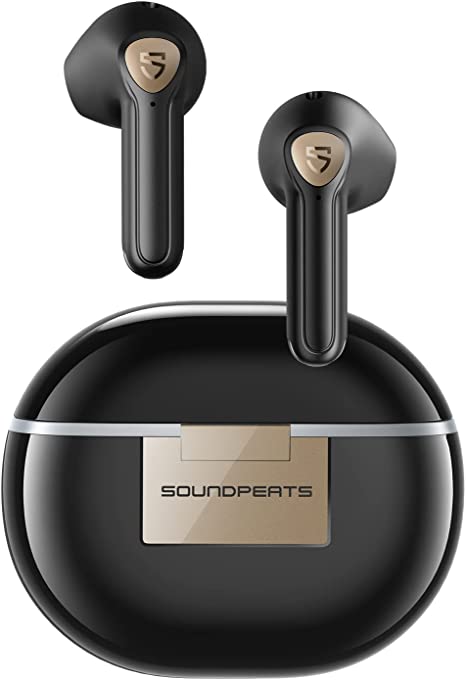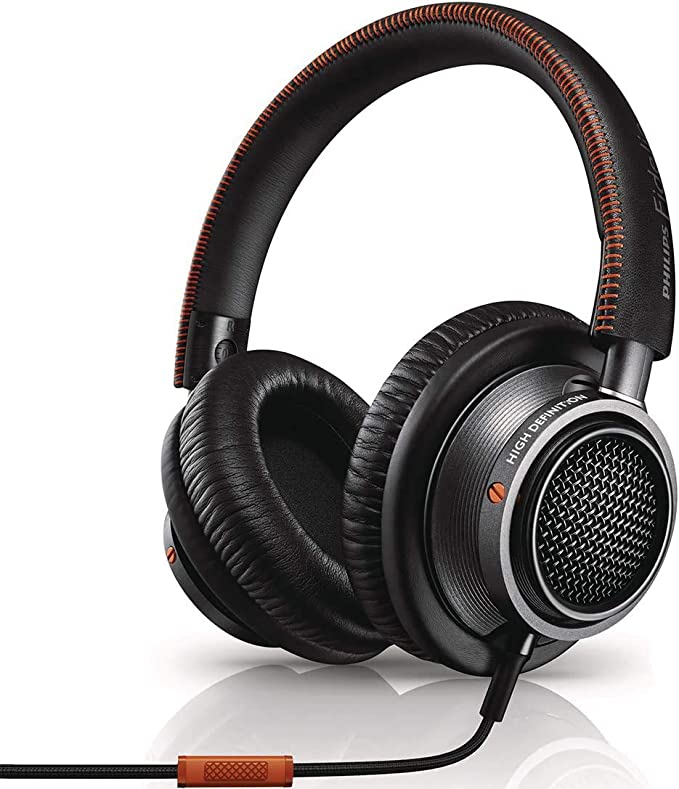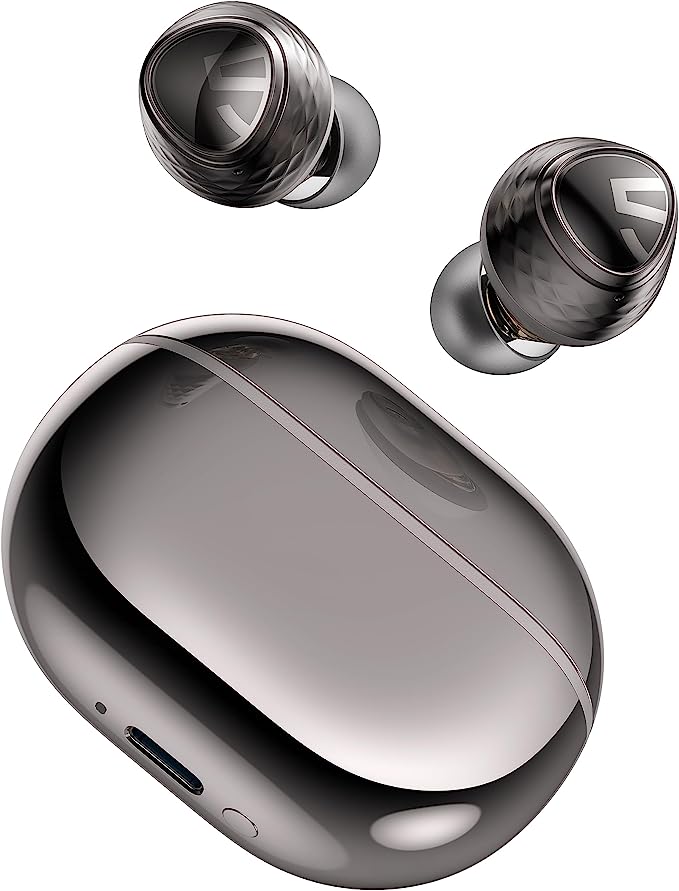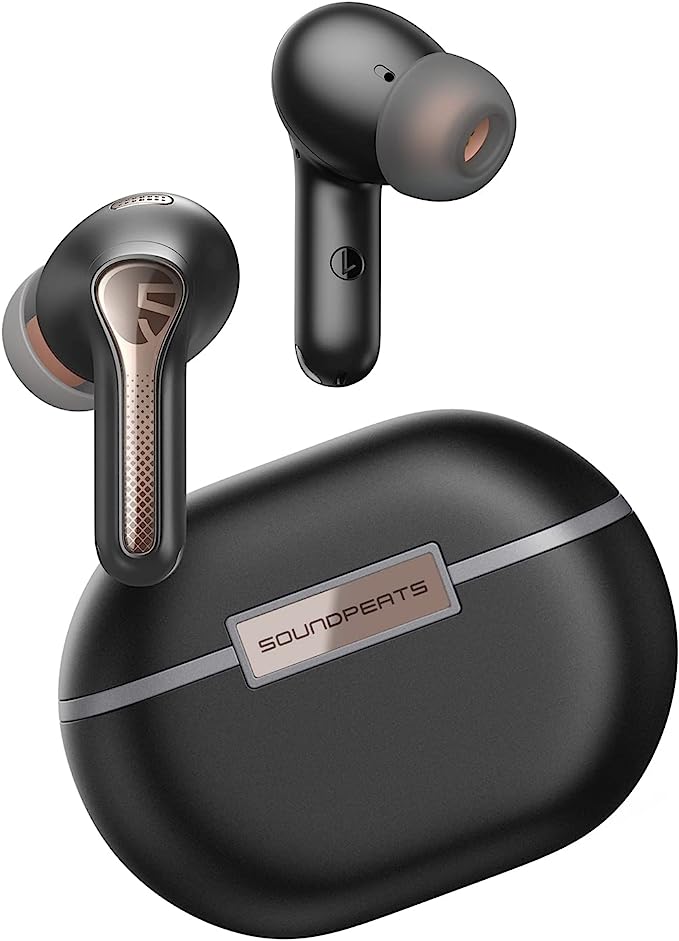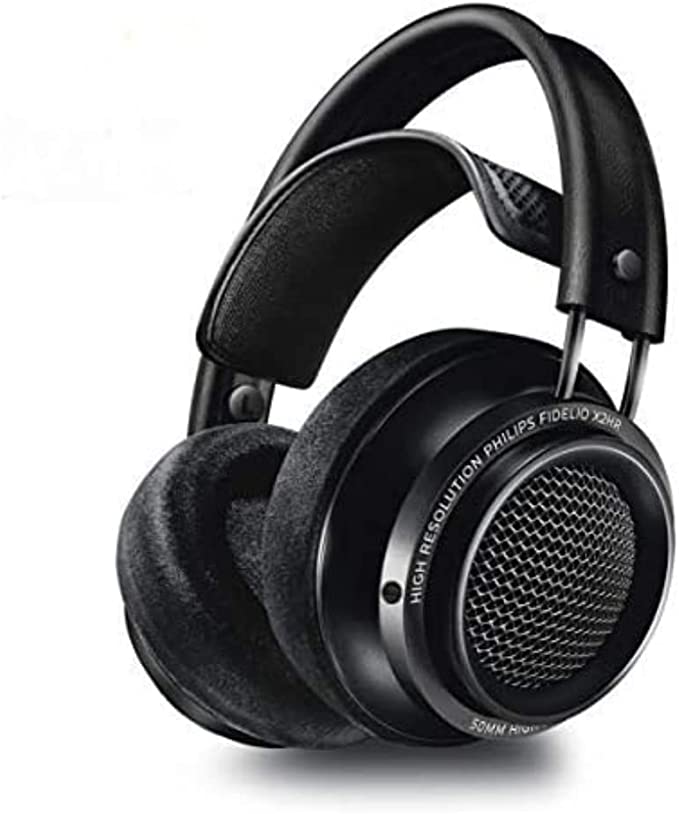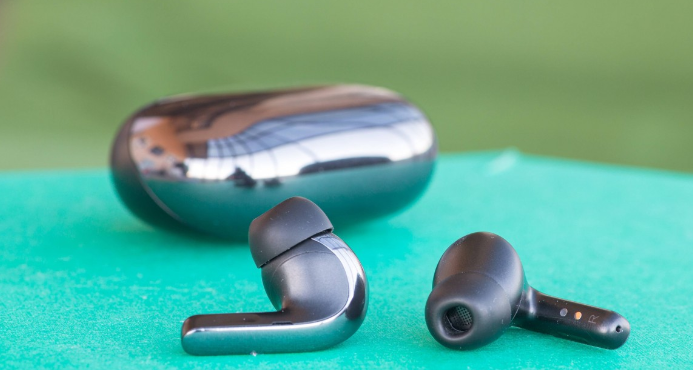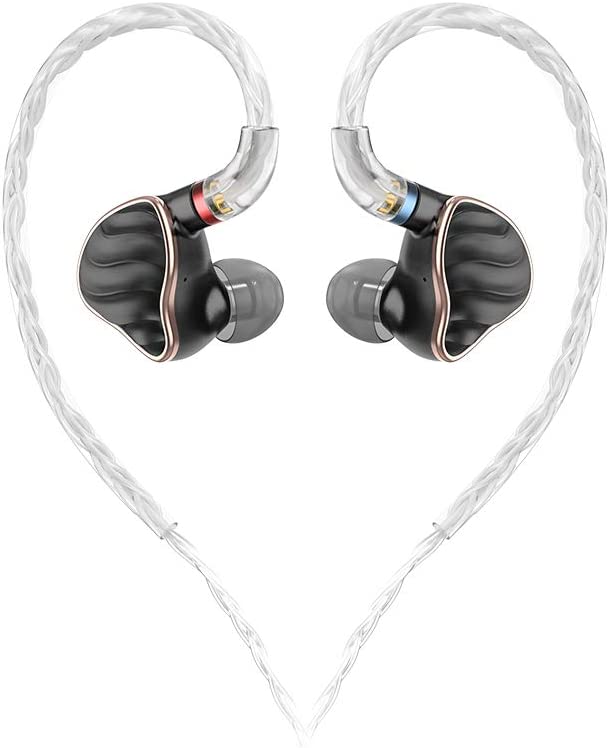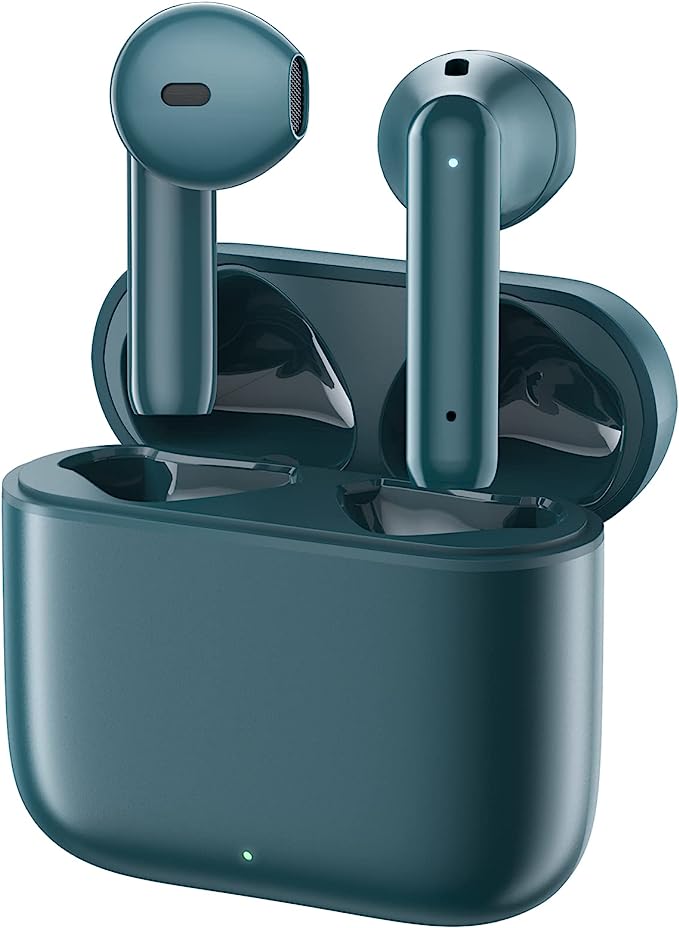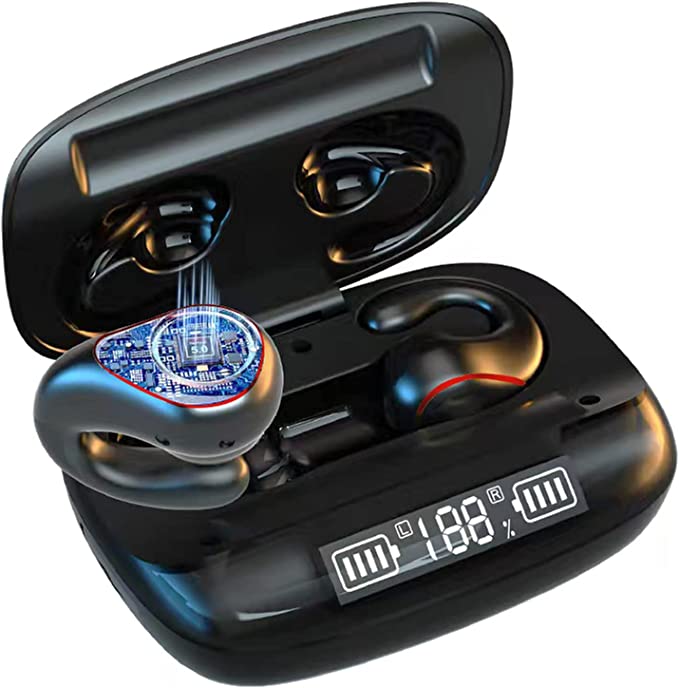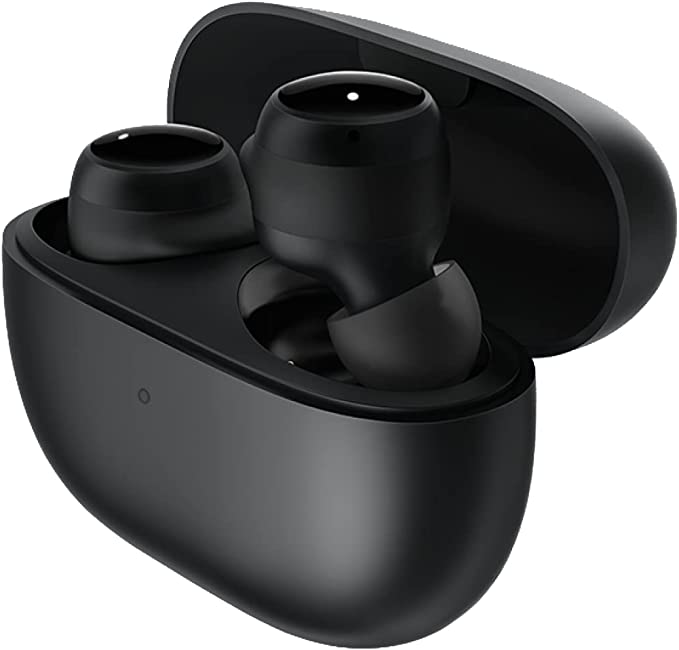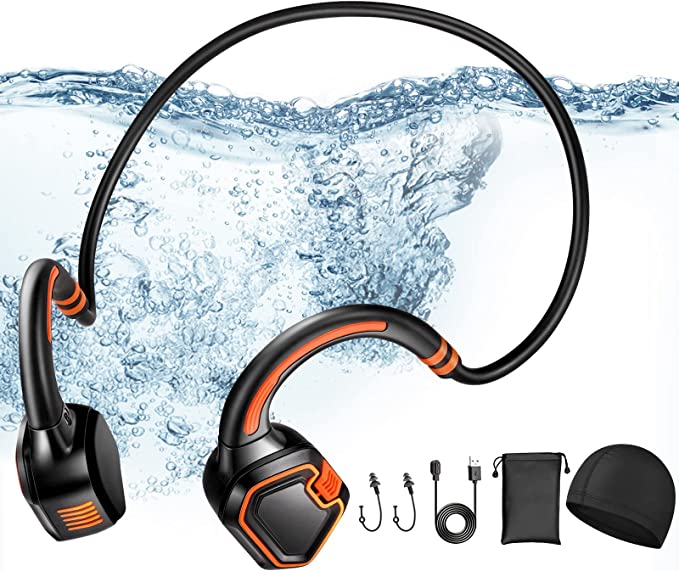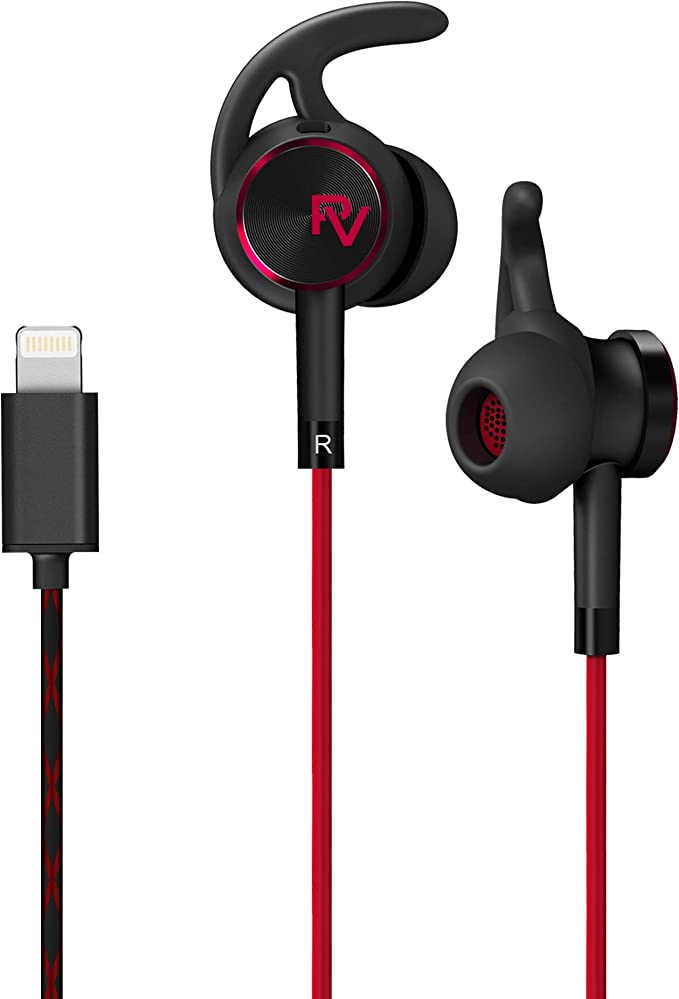The 93dB Paradox: Why the Final E5000 Demands Power to Deliver Perfection
Update on Nov. 23, 2025, 5:23 p.m.
In the realm of In-Ear Monitors (IEMs), there is a prevailing trend towards efficiency. Manufacturers race to create earbuds that can be driven to deafening volumes by the weak amplifiers found in smartphones. The Final E5000 stands as a defiant rejection of this philosophy.
With a sensitivity of just 93dB/mW, it is notoriously “hard to drive.” To the uninitiated, this appears to be a flaw. However, from an engineering perspective, this low sensitivity is a deliberate design choice—a gatekeeper that ensures the listener pairs the device with a source capable of delivering genuine High-Resolution Audio. The E5000 is not just a headphone; it is a component of a system, engineered based on psychoacoustics rather than mass-market appeal.

The Physics of Subtlety: Deconstructing Sensitivity
Why would Final Audio design a headphone that requires more power? The answer lies in Control and Noise Floor.
High-sensitivity IEMs (e.g., 110dB+) are prone to picking up “hiss” (electronic background noise) from amplifiers. They also reach peak volume too quickly, leaving little room for the amplifier to operate in its optimal linear range. * The 93dB Advantage: By lowering the sensitivity, the E5000 forces the amplifier to work harder. This pushes the noise floor down into inaudibility. More importantly, it requires the user to turn the volume knob up, engaging the amplifier’s full dynamic potential. * The Result: A sound that is dense, textured, and devoid of the harsh, “shouty” peaks often found in highly efficient gear. It allows for what Final calls “immersive sound,” where the detail comes from micro-dynamics rather than artificial treble boosts.
Acoustic Architecture: The L-Shaped Chamber
While many manufacturers rely on Balanced Armature (BA) drivers for detail, the E5000 utilizes a single 6.4mm Dynamic Driver. To extract high-resolution performance from this small diameter, Final employs a unique Acoustic Chamber.
Inside the rear housing of the driver unit, there is an acoustic resistor and an L-shaped pipe. This is not merely for venting; it is a precision-tuned Helmholtz resonator. * Low-Frequency Tuning: This chamber controls the back-pressure of the driver. It tightens the bass response without cutting the sub-bass frequencies, creating a sense of warmth that doesn’t bleed into the mids. * Psychoacoustic Impact: By physically manipulating air pressure rather than using digital EQ, the E5000 achieves a tonal balance that aligns with how the human ear perceives distance and space. This creates the illusion of a “vast sound stage” that many reviewers note, which is rare for a sealed in-ear design.

Material Science: Stainless Steel and Supercomputer Cables
The chassis of the E5000 is machined from Stainless Steel with a mirror finish. Beyond aesthetics, steel has a high specific modulus (stiffness-to-weight ratio). * Resonance Control: A rigid housing prevents the driver’s vibrations from resonating the shell itself. Unwanted shell resonance causes “smearing” of the audio image. Steel’s density ensures that the only thing vibrating is the driver diaphragm, resulting in cleaner transients.
Connecting this housing to the source is a cable engineered by Junkosha, a company famous for developing cables for the “Kei” supercomputer. * The Silver Coating: The cable uses high-purity OFC (Oxygen-Free Copper) coated in silver. While the audible difference of cables is often debated, the physics of conductivity is clear: silver has the highest electrical conductivity of any metal. * Dielectric Properties: The insulation is made of PFA, a material with extremely low permittivity. This minimizes signal loss and capacitive interference, ensuring that the amplifier’s power reaches the driver with minimal degradation—crucial for a low-sensitivity device.

The Human Interface: The Swing-Fit Mechanism
Acoustic engineering is useless if the seal is poor. Final addresses the anatomical variance of the human ear canal with its Swing-Fit Earpiece Mechanism.
Unlike rigid nozzles that force the ear tip into a specific angle, the E5000’s nozzle allows the tip to tilt and rotate.
* Canal Alignment: This allows the tip to align perfectly with the unique curvature of the user’s auditory canal
.
* Direct Transmission: A straight path from the driver to the eardrum prevents high-frequency attenuation caused by sound waves bouncing off the ear canal walls. This mechanism ensures that the sound delivered is the sound intended by the engineers.

The Philosophy of Aging
Final Audio openly discusses “Aging” (or burn-in), stating that the E5000 requires 150-200 hours of use to reach its potential. While controversial in some circles, for a high-tension dynamic driver, this has a physical basis. The surround and spider of the driver mechanism may loosen slightly over time, reducing mechanical resistance and potentially improving bass response and detail retrieval. It suggests a product designed for the long haul, not instant gratification.
Conclusion: The Mature Choice
The Final E5000 is not for the casual listener looking for a quick bass fix from a smartphone dongle. It is a precision instrument that demands a dedicated source. It rewards the user who understands that true high-fidelity requires a synergy between the amplifier, the cable, and the driver. In a market obsessed with specs on paper, the E5000 focuses on the physics of perception.





